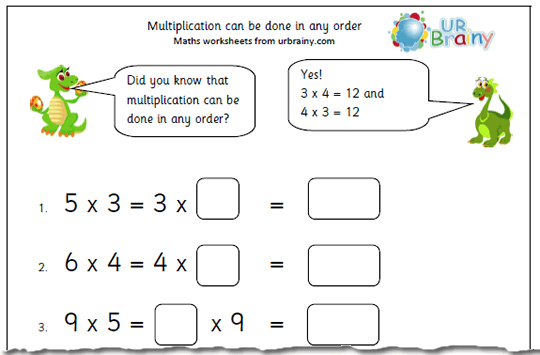Carol Vorderman’s maths
Well, I was hoping to have a look at this but at the moment it is impossible to sign up to Carol Vordeman’s maths site. Too many applicants. Not surprising given that she had a 7 minute free advert on prime time BBC which included talking about her price structure as well as a link on the BBC site to her site. I’m sure all the other companies producing similar maths material, such as Conquer Maths, Whizz maths, Mathsgogogo, MathSphere, URBrainy, 10 Ticks (I could go on!) would like a similar 7 minutes free advertising and links.
Whilst I’m totally in favour of improving maths I do think all these sites should be given equal chances to advertise: but I believe that the BBC are not supposed to advertise.




